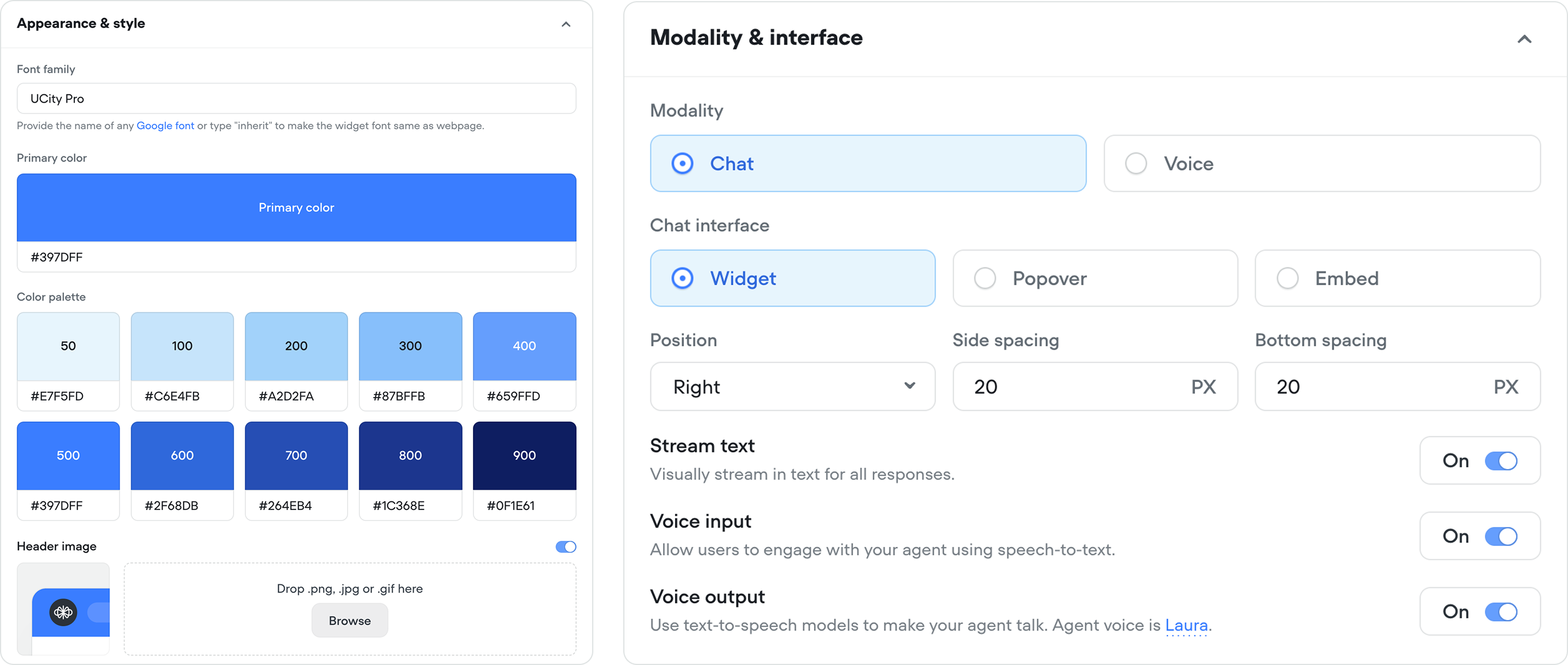
Voiceflow Legal Chatbots: Complete Buyer's Guide
No-code AI platform democratizing legal automation
Voiceflow Legal Chatbots positions itself as a no-code AI platform that democratizes legal automation for law firms seeking accessible client engagement solutions without extensive technical resources[1].
Market Position & Maturity
Market Standing
Voiceflow occupies a distinct accessibility-focused position within the rapidly expanding legal AI market, differentiating through implementation simplicity and user control rather than deep legal reasoning capabilities[1].
Company Maturity
Available research provides limited visibility into Voiceflow's specific business metrics, funding status, or operational scale within the legal market segment[1].
Industry Recognition
Research reveals minimal third-party validation, analyst recognition, or industry awards specific to Voiceflow's legal applications[1].
Proof of Capabilities
Customer Evidence
Limited testimonials suggest positive customer experiences with Voiceflow's ease of use and deployment speed, with users appreciating vendor responsiveness during implementation[1].
AI Technology
Voiceflow Legal Chatbots employs a no-code conversational AI platform designed for accessibility rather than sophisticated legal reasoning, focusing on user-friendly chatbot development and deployment capabilities[1].
Architecture
Voiceflow's technical infrastructure supports multi-channel deployment across websites, messaging platforms, and voice interfaces, with integration capabilities designed to connect with existing CRM and practice management systems[1].
Primary Competitors
The legal AI voice assistant market features established players like Thomson Reuters (CoCounsel), Harvey, and Everlaw offering sophisticated legal reasoning capabilities[2][5][15], alongside specialized legal communication platforms like Hona and AloAi focused on client intake automation[23][25].
Competitive Advantages
• Implementation Accessibility: No-code platform reduces technical barriers compared to complex AI solutions requiring specialized expertise[1]
Market Positioning
Voiceflow's broad platform approach enables serving multiple industries beyond legal, potentially providing business diversification but also suggesting less specialized focus on legal industry requirements compared to dedicated legal AI vendors.
Win/Loss Scenarios
Organizations should consider Voiceflow when prioritizing rapid deployment and ease of use over advanced legal AI capabilities, requiring cost-effective automation for basic client communication workflows, having limited technical resources, or seeking platform flexibility for customization.
Key Features

Pros & Cons
Use Cases
Featured In Articles
Comprehensive analysis of AI Legal Voice Assistants for Legal/Law Firm AI Tools for Legal/Law Firm AI Tools professionals. Expert evaluation of features, pricing, and implementation.
How We Researched This Guide
About This Guide: This comprehensive analysis is based on extensive competitive intelligence and real-world implementation data from leading AI vendors. StayModern updates this guide quarterly to reflect market developments and vendor performance changes.
37+ verified sources per analysis including official documentation, customer reviews, analyst reports, and industry publications.
- • Vendor documentation & whitepapers
- • Customer testimonials & case studies
- • Third-party analyst assessments
- • Industry benchmarking reports
Standardized assessment framework across 8 key dimensions for objective comparison.
- • Technology capabilities & architecture
- • Market position & customer evidence
- • Implementation experience & support
- • Pricing value & competitive position
Research is refreshed every 90 days to capture market changes and new vendor capabilities.
- • New product releases & features
- • Market positioning changes
- • Customer feedback integration
- • Competitive landscape shifts
Every claim is source-linked with direct citations to original materials for verification.
- • Clickable citation links
- • Original source attribution
- • Date stamps for currency
- • Quality score validation
Analysis follows systematic research protocols with consistent evaluation frameworks.
- • Standardized assessment criteria
- • Multi-source verification process
- • Consistent evaluation methodology
- • Quality assurance protocols
Buyer-focused analysis with transparent methodology and factual accuracy commitment.
- • Objective comparative analysis
- • Transparent research methodology
- • Factual accuracy commitment
- • Continuous quality improvement
Quality Commitment: If you find any inaccuracies in our analysis on this page, please contact us at research@staymodern.ai. We're committed to maintaining the highest standards of research integrity and will investigate and correct any issues promptly.